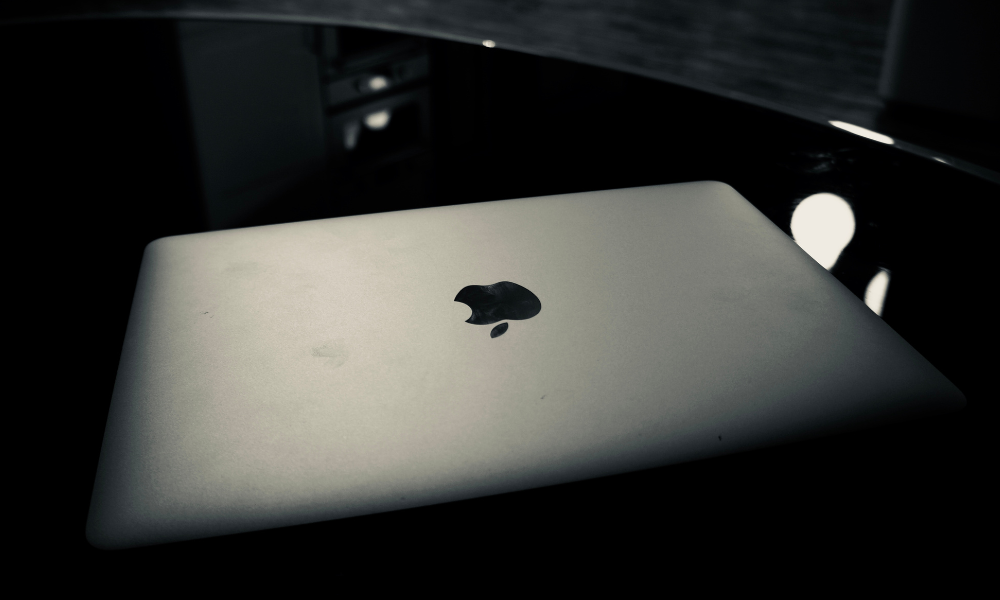More and more cybercriminals are targeting Apple Mac users these days. So, how good is Mac security? How do you protect your data when you’re an Apple user?
Because Apple is working hard to put better security in place for Mac. But cybercriminals are always developing more sophisticated strategies.
Here is the latest low-down on Mac security. And how to protect yourself and your team from the threats that are out there:
Understanding the cyber threats to Mac security
It is important to realise that some of the most common (and effective) cyber attacks these days are effectively device agnostic.
Phishing attacks, Business Email Compromise attacks, and other social engineering strategies are designed to manipulate the user more than they are the system they are using.
Yet the old myth that “Macs can’t get viruses” has never been less true. The first Mac virus was detected nearly a decade ago.
Since then, Apple – and numerous third-party security vendors – have battled to stay ahead of the increasingly virulent technological attacks on Mac systems.
How to protect your data as a Mac user
As a Mac user (or if there are Mac users on your team), there are a few things you should be aware of when trying to protect your sensitive data:
1) Get a proper antivirus
Just to reiterate, yes Macs can get viruses. This makes getting proper antivirus software phase one of your Mac security journey.
Many big names have Mac-centric offerings. Norton has the 360 Standard for Mac. There is also Bitdefender, Kaspersky, and several other well-regarded offerings.
2) Use data encryption
Encrypting all of the sensitive information on your Mac protects it even if your Mac is physically stolen. You can encrypt your data using:
- Your Mac’s FileVault – can be found under System Preferences. Use this to encrypt your whole system.
- Encrypted storage – your Mac also includes a Disk Utility. You can use this to create encrypted images of whole disks or important files and folders.
- Third-party tools – there are also many third party tools that enable data encryption on Mac.
3) Secure your network connection
In addition to good antivirus, it’s smart to secure your network connection.
- On public Wi-Fi networks, this is especially important. Consider using a Virtual Private Network (VPN) to encrypt your connection.
- At home, make sure your Wi-Fi uses WPA3 encryption and you haven’t got a comedy password in place.
- In the office, your Managed Service Provider should be taking care of this for you.
4) Keep your Mac secure and up-to-date
Just like a Windows PC, it’s always a mistake to skip those regular updates and maintenance.
Whenever macOS gets updated (frequently this will be a security patch to protect you against the latest viruses), make sure you click “update” no matter how annoying it feels.
Regular scans for malware and viruses are an equally smart, sensible, and simple thing to do.
5) Don’t forget physical security
Finally, it’s worth underlining that it’s very risky to leave your Mac unattended in a public place. Even more so than other laptops, criminals love to target a Mac.
But even in this case – upsetting as it might be to lose your precious Apple device – with good Mac security like data encryption, you might be able to protect your data even if the worst should happen.
Do you use Apple Mac in your business? How secure are you?
Let’s talk it over. Over 1000 businesses in and around Bristol trusted Dial A Geek to keep them cyber-secure.
Reach out for a cost and commitment-free chat with Chief Geek Gildas Jones today to talk about Mac security in your organisation.

